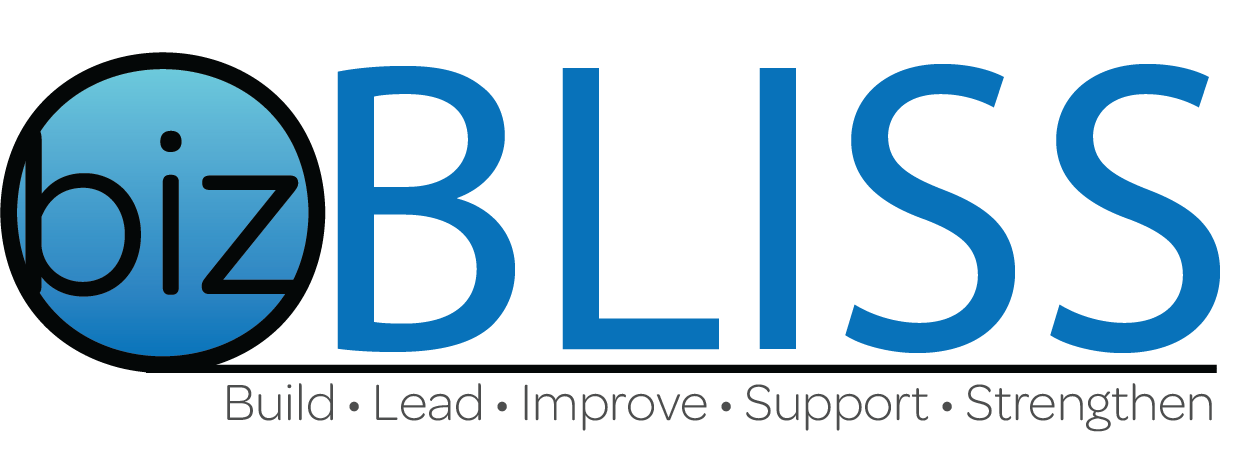The Break-Fix Model: A Quick Fix or a Long-Term Solution?

In the world of technology, things are constantly breaking down and needing to be fixed. This is where the break-fix model comes into play. But is this model really the best solution for your business? In this article, we’ll explore the break-fix model, its pros and cons, and whether it’s a quick fix or a long-term solution for your technology needs.
What is the Break-Fix Model?
The break-fix model is a reactive approach to technology maintenance and support. It involves waiting for something to break or malfunction before taking action to fix it. This model is often used by small businesses or individuals who do not have a dedicated IT team or budget for proactive technology maintenance.
How Does the Break-Fix Model Work?

by Zane Lee (https://unsplash.com/@zane404)
In the break-fix model, when something breaks or malfunctions, the business or individual will contact a technology service provider to come and fix the issue. The service provider will then charge for the time and materials needed to fix the problem.
This model is often seen as a “pay as you go” approach, as businesses only pay for services when something breaks. This can be appealing for businesses with limited budgets, as they do not have to pay for ongoing maintenance or support.
Pros of the Break-Fix Model
Cost-Effective for Small Businesses
For small businesses with limited budgets, the break-fix model can be a cost-effective solution. They only pay for services when something breaks, rather than paying for ongoing maintenance and support.
Flexibility
The break-fix model offers flexibility, as businesses can choose when to use the services of a technology service provider. This can be beneficial for businesses that do not have a consistent need for technology support.
No Long-Term Commitment
With the break-fix model, there is no long-term commitment to a technology service provider. Businesses can choose to use their services on an as-needed basis, without being locked into a contract.
Cons of the Break-Fix Model
Reactive Approach
The break-fix model is a reactive approach to technology maintenance and support. This means that businesses are only addressing issues after they have already occurred, rather than proactively preventing them.
Downtime and Lost Productivity
When something breaks, it can result in downtime for the business and lost productivity. This can be costly for businesses, especially if the issue is not resolved quickly.
No Ongoing Maintenance
With the break-fix model, there is no ongoing maintenance or support for technology systems. This means that issues may continue to occur, leading to more downtime and lost productivity.
Is the Break-Fix Model a Quick Fix or a Long-Term Solution?
The break-fix model may seem like a quick fix for technology issues, but is it really a long-term solution? Let’s take a closer look.
Quick Fix
The break-fix model can be seen as a quick fix for technology issues, as businesses only pay for services when something breaks. This can be appealing for businesses with limited budgets, as they do not have to pay for ongoing maintenance or support.
However, this quick fix may not be the most cost-effective solution in the long run. With the break-fix model, businesses are only addressing issues after they have already occurred, rather than proactively preventing them. This can lead to more frequent and costly technology issues in the future.
Long-Term Solution

by Sašo Tušar (https://unsplash.com/@sasotusar)
On the other hand, a proactive approach to technology maintenance and support can be seen as a long-term solution. By regularly maintaining and monitoring technology systems, issues can be identified and addressed before they become major problems.
This can result in less downtime and lost productivity for businesses, as well as cost savings in the long run. Additionally, with ongoing maintenance and support, businesses can ensure that their technology systems are running efficiently and effectively, leading to improved overall performance.
Alternatives to the Break-Fix Model
While the break-fix model may work for some businesses, there are alternatives that may be more beneficial in the long run.
Managed Services
Managed services involve outsourcing the management and maintenance of technology systems to a third-party provider. This can include proactive monitoring, maintenance, and support for a fixed monthly fee.
With managed services, businesses can benefit from ongoing maintenance and support, as well as cost savings in the long run. Additionally, managed service providers often have a team of experts who can provide specialized support and advice for technology systems.
In-House IT Team
Another alternative to the break-fix model is having an in-house IT team. This team would be responsible for maintaining and supporting technology systems on a regular basis.
While this may be a more costly option, it can provide businesses with the benefits of ongoing maintenance and support, as well as the expertise of a dedicated IT team.
Conclusion
While the break-fix model may seem like a quick fix for technology issues, it may not be the most cost-effective solution in the long run. By taking a proactive approach to technology maintenance and support, businesses can save money and improve overall performance.
Consider alternatives such as managed services or an in-house IT team to ensure that your technology systems are running efficiently and effectively. By investing in ongoing maintenance and support, you can avoid costly downtime and lost productivity, and focus on growing your business.
